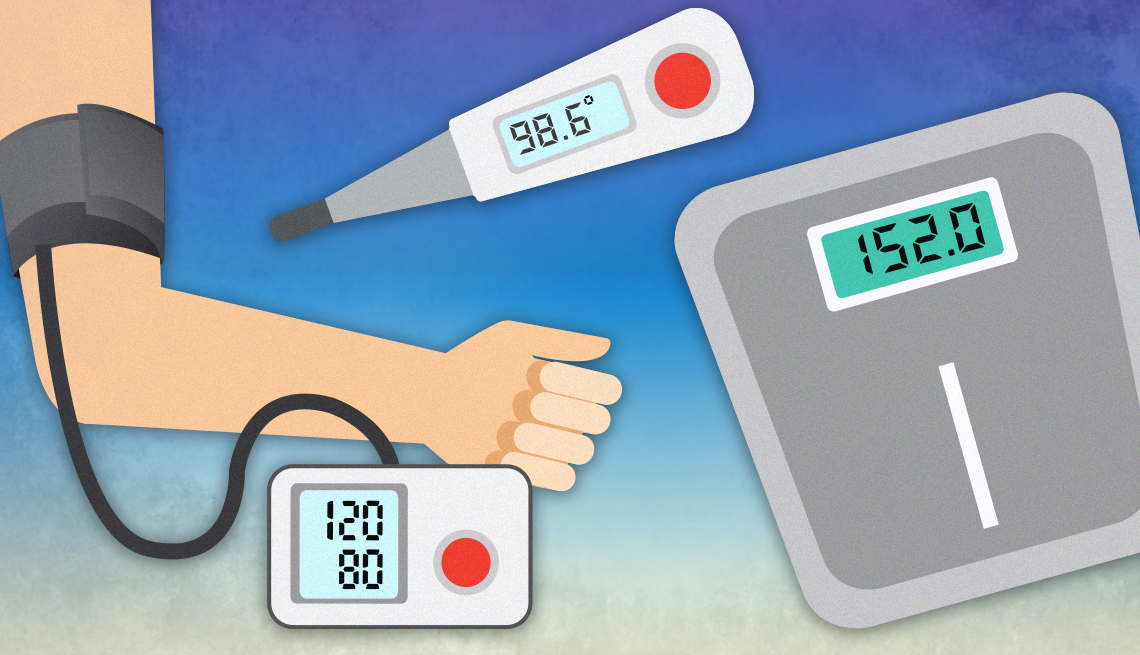
- Select a language for the TTS:
- UK English Female
- UK English Male
- US English Female
- US English Male
- Australian Female
- Australian Male
- Language selected: (auto detect) - EN
Play all audios:
Getty/AARP Facebook Twitter LinkedIn
While mental health appointments remain the most common type of digital medicine practiced across the country, doctors are increasingly diagnosing physical health issues over a screen, too.
Case in point: Hypertension, which jumped to third place in the top five diagnoses made via telehealth during the first month of the pandemic, as, presumably, patients reacted to an uptick
in stress or asked for telemonitoring of existing symptoms at a time they feared leaving their homes.
But doctors are now also offering routine physical exams, such as the Medicare wellness visit, this way.
A Virtual PhysicalTo prepare for the visit, find a private, quiet, well-lit space in your home (if you're using a mobile device or laptop). It's best to sit facing a window or lamp. Have a scale, thermometer
and blood pressure cuff nearby in case your doctor asks you to weigh yourself, take your blood pressure and temperature, and measure your heart rate. He or she can demonstrate the proper
technique for taking your blood pressure.
During the visit, your physician will review your medical history and ask about any changes in your health and family, such as the death of a spouse. He or she will also ask about your diet
as well as your sleep and exercise habits. He or she will review your lab results and the medications you're taking — so have them pulled out of the medicine cabinet ahead of time. If you
take several medications, your doctor may ask to see your pill organizer. He or she will recommend any vaccines and screening tests you might need (colonoscopy, mammogram and bone density,
for instance).
Your physician may also ask you to walk around and move your arms and legs to check your range of motion. “Doctors can learn a lot by seeing a patient in a natural setting such as their
home, as opposed to a sterile office environment,” says Todd Czartoski, M.D., chief medical technology officer at Providence Health System, which has 51 hospitals and 1,085 clinics in seven
western states. “We can assess how well a patient is walking, see where his or her medications are stored and determine how safe the environment is.” Your doctor can point out any tripping
hazards in your home.








